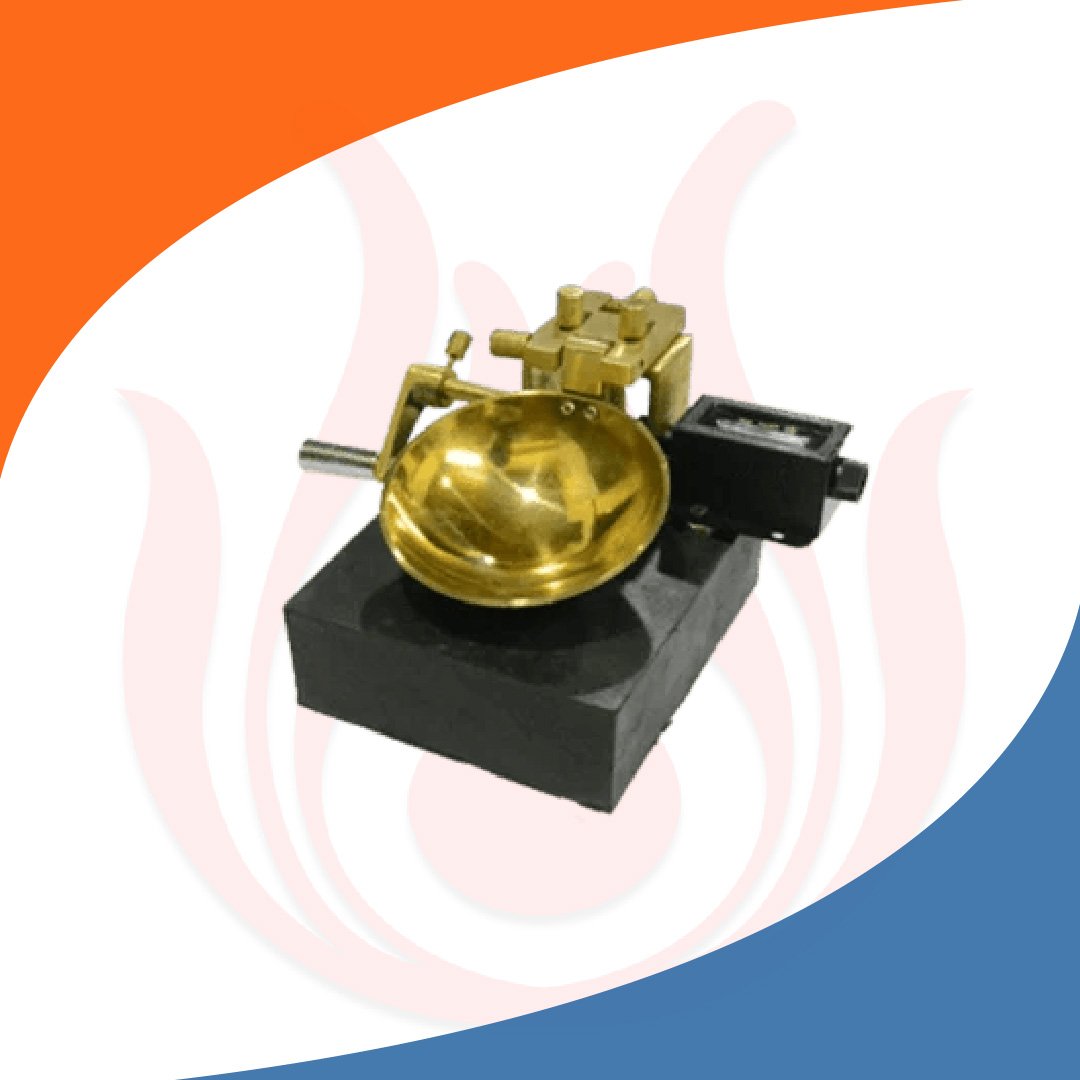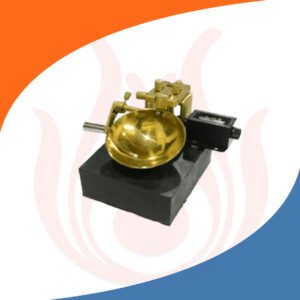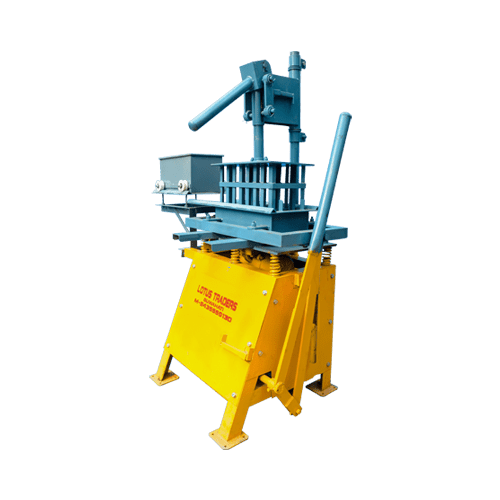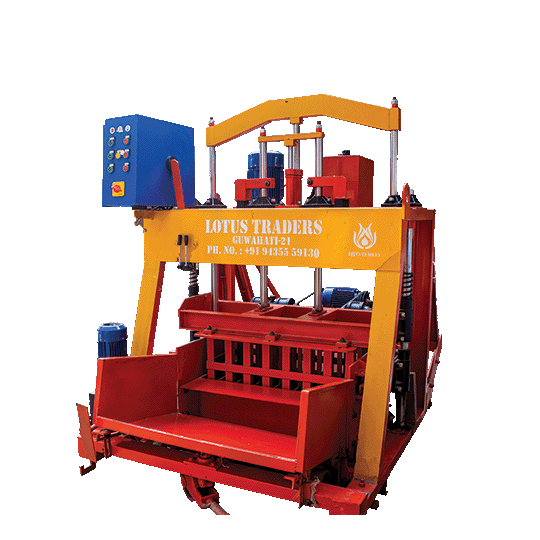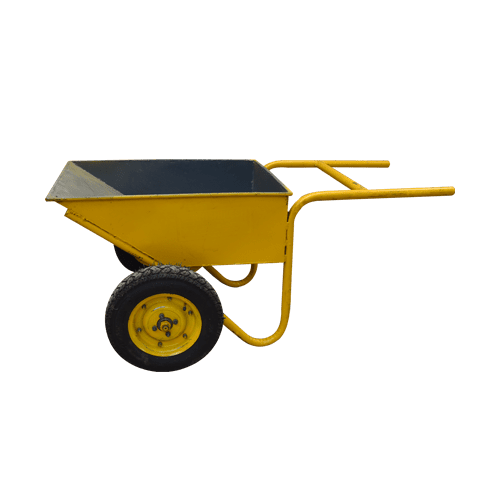Liquid Limit Device
- High Quality Materials
- Compliance With Standards
- Clear Product Information
- Warranty & Support
- Product Testing & Certification
- Delivery & Policy
- Ask a Question
- Estimated Delivery: 5 Days – 10 Days
- DESCRIPTION
FEATURE | SPECIFICATION |
Material for Construction | Stainless steel |
Automatic Grade | Manual |
Information About Liquid Limit Device:
Liquid limit Device
INTRODUCTION
One of the most vital tools in geotechnical engineering is a liquid limit apparatus that measures how much water will make soil go from being plastic to becoming like a liquid. This is known as the transitional transition from a liquid state to solid and it is one of the most important parameters in soil mechanics. Such a device is usually made up of brass cup, moisture control mechanism and method for standardizing the behaviour of soil.
The liquid limit test is carried out by manipulating a certain soil sample repeatedly until the specimen reaches a specific consistency from which engineers can determine the moisture content as at that moment of transition. This data is crucial in the determination of a soil’s plasticity and its capacity to settle or have shear strength.
Liquid limit device is widely used in construction activities and those involving civil engineering where it helps to classify soils according to their suitability for certain purposes. As such a precise and reliable instrument, it is an indispensable tool in geotechnical laboratories since the data obtained from its use are necessary for designing foundations; embankments as well as other structures to be treated with soil mechanics.
KEY FEATURES
Cone Penetration: A liquid limit device uses a standard cone which penetrates into the soil sample under gravity.
Grooving Tool: It comprises a grooving tool which is used to make a groove in the soil sample, enabling penetration of cone within control.
Cam Mechanism: The given device makes use of a cam mechanism to make sure that the cone is lifted evenly and gradually so as to allow for accurate measurements.
Adjustable Counterweight: The device incorporates an adjustable counterweight to fine-tune its balance ensuring accurate and consistent results.
Graduated Scale: A graduated scale is present on it so that the penetration depth can easy read, record and also assist in determining of liquid limit.
Sample Container: A liquid limit device usually consists of a sample container where the soil is prepared for testing, thus keeping in with standardized procedure.
Standardized Test Procedure: It follows standard guidelines adopted from geotechnical testing standards that are relevant to soil mechanics studies, making the results comparable and reliable.
UNDERSTANDING THE WORKING PROCEDURE
The liquid limit device is a tool used in geotechnical engineering to determine the liquid limit of a soil sample. The liquid limit is the moisture content at which the soil transitions from a plastic to a liquid state. The device consists of a brass cup that holds the soil sample and is mounted on a carriage. A manually operated crank is used to rotate the cup, causing the soil to flow along its inner surface.
During the test, water is added incrementally to the soil, and the rotation continues. At specific intervals, the operator checks for the soil’s behaviour. The transition from plastic to liquid is observed as the soil begins to flow like a liquid rather than maintaining its plastic consistency. The moisture content corresponding to this transition is recorded as the liquid limit.
The procedure involves careful control of water addition and precise observations, ensuring consistency in testing. The liquid limit device provides valuable information for assessing soil properties relevant to construction and engineering projects.
USAGE AND APPLICATION
Soil Mechanics: Determines the liquid limit of fine-grained soils. Crucial in evaluating soil characteristics for the construction works.
Consistency Classification: Helps to sort soils according their consistencies-from liquid to plastic and solid conditions.
Engineering Design: Crucial when designing foundations, embankments, and other structures. Assists engineers understand soil behaviour in various moisture condition.
Quality Control: Used as quality control in construction to confirm soil meets specified standards.It helps in the prevention of such problems as settlement or instability arising from an unfavorable moisture content.
Standard Testing Procedure: Adheres to ASTM requirements (such as ASTM D4318) for uniform and comparable results. Accepted widely for soil characterization in geotechnical engineering.
Road Construction: answers the questions that shape decisions in road construction concerning soil workability. It allows proper compaction and stability of roadbed materials.
Research and Development: Supports ongoing investigation in soil behaviour and geotechnical engineering. A descriptive approach used to improve comprehension and provide for new approaches on soil analysis.
*ADVANTAGE AND BENEFIT
This device plays a key role in geotechnical engineering because, with its help, the liquid limit of soils can be determined. Its main advantage is that it gives a standardized and precise measure of soil consistency. By determining at what moisture content a soil turns plastic into liquid state, engineers get beneficial information about its behaviour and applicability for construction. This information is useful in designing foundations and evaluating possible settlement problems.
The advantage of the device is that it can be used to determine the Atterberg limits, which are useful when categorizing soils according to their plasticity. This categorization is basic for a number of engineering purposes in helping engineers to determine whether or not compaction of soil, shear strength and stability are required. The liquid limit device being highly efficient, simple to use and reliable makes it an essential tool for geotechnical engineers – helping ensure the overall success and safety of construction projects.
The liquid limit basically refers to the moisture content at which a soil changes from being plastic into becoming like a fluid.
The liquid limit device is used to find the consistency of soil by determining at what water content it possesses certain flow characteristics.
Understanding the liquid limit enables to determine a soil’s behaviour, and this is helpful when constructing or designing foundations.
Yes, this device is multifunctional and can be used in different types of soil bringing useful information about their engineering characteristics.
The factors influencing the liquid limit are soil composition, mineralogy and organic matter content.
The device usually uses a general protocol that includes the controlled addition of standard quantities of moisture to ensure an accurate determination of soil’s liquid limit.





